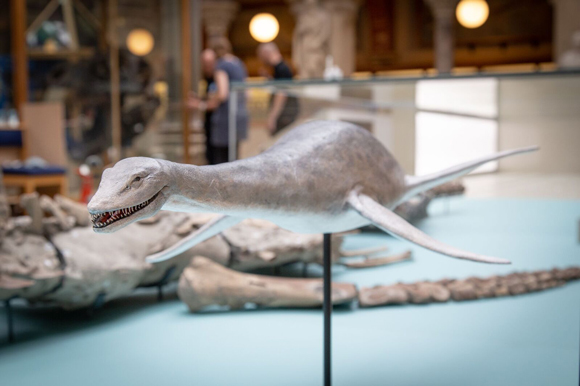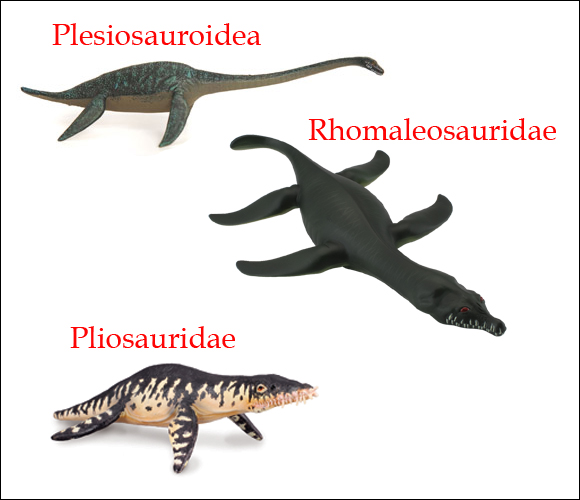African Plesiosaurs – Highlighting New Research
Earlier this week, we posted up an article summarising the newly published research into an exquisitely preserved skull of an elasmosaurid plesiosaur from Angola. The African marine reptile is Cardiocorax mukulu, which had been formally named and described from post-cranial material found just 250 metres away from where the skull and other associated bones that were the subject of the scientific paper we reported upon, were discovered.
To read our article on the skull of Cardiocorax: Getting Inside the Head of a Plesiosaur.
How Many African Plesiosaurs?
Whilst reading the paper (Marx et al 2020), it was stated that currently, six valid plesiosaurian taxa have been named and identified from the continent of Africa. This surprised Everything Dinosaur team members, only six valid plesiosaurian taxa known from the whole of Africa? This suggests that more plesiosaur genera are known from southern England than from the whole of the African continent. We are no experts, but we thought we would have a dig into our database to see if we could identify the six valid taxa mentioned in the scientific paper.

Picture credit: Everything Dinosaur
Plesiosaurs – A Very Ancient but Diverse Group of Marine Reptiles
Plesiosaur fossils have been found on every continent and this marine reptile clade is represented by a fossil record that extends for over 130 million years, with the first plesiosaurs probably evolved in the Late Triassic and they survived until the end of the Cretaceous, becoming extinct at the same time as the terrestrial non-avian dinosaurs. This diverse clade can be split into two distinct body types:
- Plesiosauromorph – long necks and small heads such as the elasmosaurid Cardiocorax.
- Pliosauromorph – short necks and large heads typical of apex predators such as Liopleurodon.

Picture credit: Everything Dinosaur
The prehistoric animals in the image (above) are from the CollectA range.
To view the CollectA Prehistoric Life model range: CollectA Prehistoric Life Dinosaur Models and Toys.
Listing the African Plesiosaurs We Know
Looking at our extensive database we were able to list the following African plesiosaurs:
- Cardiocorax mukulu – Late Cretaceous (Angola), approximately 71.5 million years ago, named and described in 2015.
- An unnamed aristonectine elasmosaurid plesiosaur coeval to Cardiocorax.
- Thililua longicollis – Late Cretaceous (Morocco), a polycotylid plesiosaur dating from approximately 93-92 million years ago, named and described in 2003.
- Manemergus anguirostris – Late Cretaceous (Morocco), another polycotylid plesiosaur dating from approximately 93-92 million years ago which was named and described in 2005.
- Leptocleidus capenensis – Early Cretaceous of South Africa, formerly known as Plesiosaurus capensis dating from 139-132 million years ago.
- Zarafasaura oceanis – Late Cretaceous (Morocco), an elasmosaurid and the geologically youngest plesiosaur known from Africa (Late Maastrichtian – around 67- 66 million years ago).
- Brachauchenius lucasi (Turonian of Morocco), described in 2015, a pliosaurid from 93-92 million years ago. This genus is most closely associated with the Western Interior Seaway of North America.
- Libonectes morgani – Late Cretaceous (Morocco), formerly known as Libonectes atlasense, an elasmosaurid dating from 93-92 million years ago. Just like B. lucasi, fossils of this marine reptile are closely associated with North America.
Numerous fragmentary bones, isolated teeth and such like have been found in Africa that purport to represent plesiosaurs, but these are the valid taxa that we could retrieve from our database.
We have probably missed a few, no doubt our well-educated readers will be able to give us a steer.
Visit the Everything Dinosaur website for prehistoric animal models and figures: Prehistoric Animal Models and Figures.

